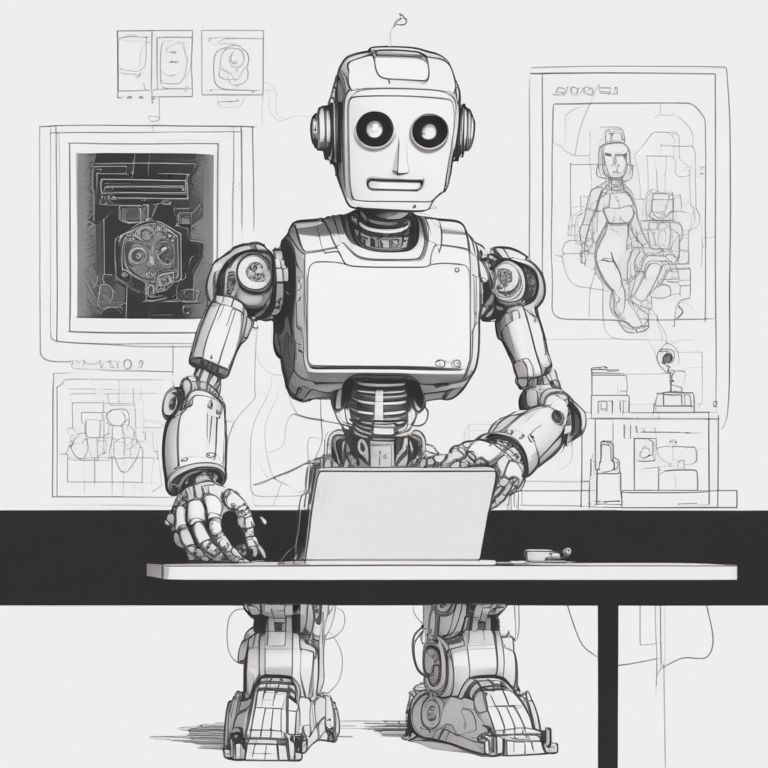AI in HR: Key Legal Risks and Compliance Considerations for 2025
Artificial Intelligence (AI) has rapidly transitioned from a futuristic concept to an essential tool in the realm of business, particularly in Human Resources (HR). Today, AI is utilized to draft job descriptions, scan résumés, conduct video interviews, and even generate performance reviews.
While the efficiency and cost savings promised by these tools are attractive, they also introduce new legal risks. Issues such as discrimination claims, privacy concerns, and liability disputes are becoming increasingly prevalent. The challenge for employers is to strike a balance between leveraging technology for efficiency and ensuring compliance with regulations, thereby preventing technology from compromising fairness or leading to unnecessary lawsuits.
Current Applications of AI in HR
AI is now being integrated across various HR processes such as recruiting, performance management, and compensation. For instance, recruiting platforms employ algorithms to scan résumés, while chatbots engage with candidates. According to the Society for Human Resource Management’s “2025 Talent Trends: AI in HR” survey, over 50% of employers utilize AI during the recruiting phase.
In performance management, AI can track productivity, analyze communication styles, and even recommend employee development programs. Furthermore, AI-driven pay equity audits are emerging as tools to identify disparities across departments and levels of seniority. However, these systems must be transparent and designed with fairness in mind to be effective.
Despite the rapid output capabilities of AI, it may also produce inaccurate or misleading results, commonly referred to as ‘hallucinations’. Employers who assume the outputs of AI are inherently correct may expose themselves to significant liability. Thus, human oversight is not merely a best practice but a necessity. As automation increases, so does the importance of maintaining a layer of human review.
Legal Risks Associated with AI in HR
Disparate Impact and Discrimination is one of the most significant legal risks linked to AI in hiring processes. This risk arises from practices that appear neutral but disproportionately disadvantage protected groups. A notable case is Mobley v. Workday, where plaintiffs claim that software discriminated against applicants over the age of 40, violating the Age Discrimination in Employment Act (ADEA).
As highlighted by legal experts, Mobley is a pivotal case for understanding AI’s role in discrimination. It underscores the necessity for employers to conduct due diligence and perform bias audits before relying on AI algorithms for employment decisions.
Disparate impact claims are particularly hazardous as employers may not recognize their discriminatory practices until litigation occurs. The Equal Employment Opportunity Commission (EEOC) has issued guidance indicating that automated decision-making tools are subject to the same anti-discrimination laws as traditional methods, meaning that both rejected applicants and government agencies can initiate claims.
Responsibility for AI Errors
Some employers mistakenly believe that outsourcing HR functions to third-party vendors will shield them from liability. This misconception is dangerous; employers remain accountable for ensuring compliance with anti-discrimination and privacy laws, regardless of whether errors originate internally or from external AI services.
Contracts with vendors should explicitly detail risk allocation, and employers must carefully review their insurance coverage. Employment Practices Liability Insurance (EPLI) may not cover certain AI-related claims unless additional riders are included. Moreover, principles of joint liability imply that both the vendor and the hiring company could be held accountable if discriminatory practices arise from AI screening tools.
Regulatory Landscape for AI in Hiring
States are beginning to regulate AI usage in hiring processes. For example, Illinois’ Artificial Intelligence Video Interview Act mandates that employers disclose when AI is used in video interviews and obtain consent from applicants. Similar laws in New York require permission before using AI-generated likenesses of employees, reflecting a trend towards transparency and informed consent.
Beyond Illinois and New York, states like Maryland and California are exploring legislation to regulate AI in hiring. Internationally, the European Union has introduced its AI Act, which categorizes certain AI applications in employment as high-risk, subjecting them to stringent transparency and audit requirements. This regulatory trend is accelerating, and employers who do not proactively prepare may find themselves scrambling to comply.
The Importance of Vigilance and Adaptability
The integration of AI into HR processes is becoming standard practice for recruitment, evaluation, and workforce management. Nevertheless, the technology poses significant risks if used without appropriate oversight. AI can enhance efficiency and fairness, but only when employers prioritize responsible usage, compliance, transparency, and human judgment.
Companies that neglect AI as a compliance issue risk facing litigation, regulatory penalties, and damage to their reputations. In contrast, proactive employers can mitigate legal risks and foster trust with employees and applicants.
Best Practices for Employers Utilizing AI in HR
- Conduct regular bias audits of AI tools.
- Require human review of AI-generated outputs.
- Stay informed about federal and state AI-related employment laws.
- Review and update vendor contracts for liability protections.
- Ensure EPLI covers AI-related risks.
- Train HR personnel to recognize and address AI red flags.
- Maintain transparency with employees and applicants regarding AI usage.










